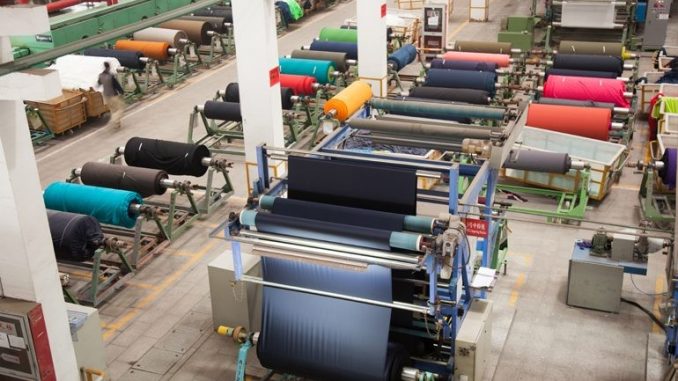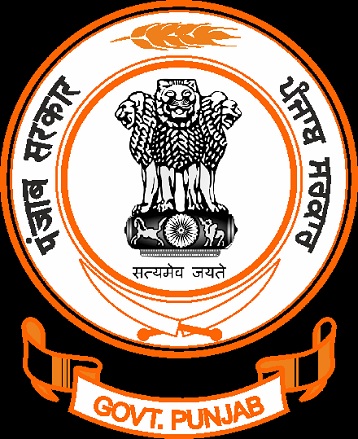
PIB News Update: Minister of Textiles, Smriti Zubin Irani has informed that Sericulture is an agro-based cottage industry having huge employment and income generating potential in rural and semi-urban areas. Silkworm rearing is mainly practiced in rural areas of the country providing livelihood to weaker section of the society. Around 12,03,942 farming families and 56,013 reeler families are involved in Sericulture related activities in the country. State-wise percentage of people who depend on sericulture for their livelihood is given in Annexure-I.
The Government of India through Central Silk Board has been implementing a Central Sector Scheme “Silk Samagra” an Integrated Scheme for Development of Silk Industry (ISDSI) during the year (2017-20) with an aims & objective to scale up production by improving the quality and productivity and to empower downtrodden, poor & backward families through various activities of sericulture in the country. The scheme comprises four (4) major Components viz. (i) Research & Development, Training, Transfer of Technology and I.T. Initiatives, (ii) Seed Organizations, (iii) Coordination and Market Development and (iv) Quality Certification Systems (QCS) / Export Brand Promotion and Technology Up-gradation.
Funds allocated under plan programmes of the Silk Samagra since 2017-18 i.e. its first year of implementation is given below:
(Rs. in crore)
| Scheme | 2017-18 | 2018-19 | 2019-20 |
| Silk Samagra | 161.50 | 120.00 | 182.50 |
Out of the above allocation for the scheme, State-wise allocation of funds under “Silk Samagra” scheme during last two years (since scheme was implemented 2017-18 onwards) and current year towards implementation of beneficiary oriented components by States is given in Annexure-II.
(e): Ministry of Textiles, Government of India through Central Silk Board (CSB) has taken following steps to promote sericulture in the country:
- CSB has been implementing a restructured Central Sector Scheme “Silk Samagra” for development of sericulture in the Country, which mainly focuses on improving quality and productivity of domestic silk thereby reducing the country’s dependence on imported silk.
- Under North East Region Textile Promotion Scheme (NERTPS), 38 Sericulture projects are being implemented in all North Eastern States.
- Research & Development has been focused to evolve productive silkworm/host plant hybrids and package of practices to improve quality and productivity.
- Automatic Reeling Machines (ARM)/Units have been established in the country to produce international standard silk of 3A-4A grade.
- Mobilization of additional funds for sericulture development through convergence by availing the schemes such as Mahatma Gandhi National Rural Employment Guarantee Act (MGNREGA) and Rashtriya Krishi Vikas Yojana (RKVY) being implemented by other Ministries of Government of India to create required infrastructure at stakeholder’s level.
- The basic customs duty of 10% & 20% is levied on raw silk and silk fabric import respectively to stabilize the domestic silk weaving segment and make Indian silk export sector highly competitive.
- In order to protect the domestic sericulture farmers and silk reelers, antidumping duty of US$ 1.85/kg has been imposed on Mulberry raw silk of 3A Grade & below originating in or exported from China PR.
Link of Annexures







Leave a Reply
You must be logged in to post a comment.